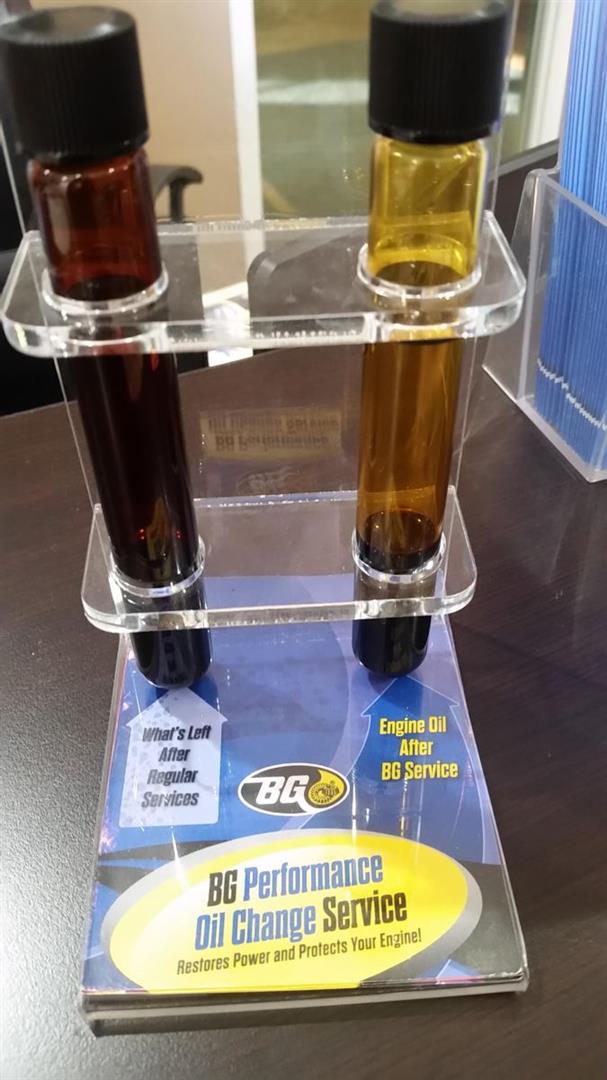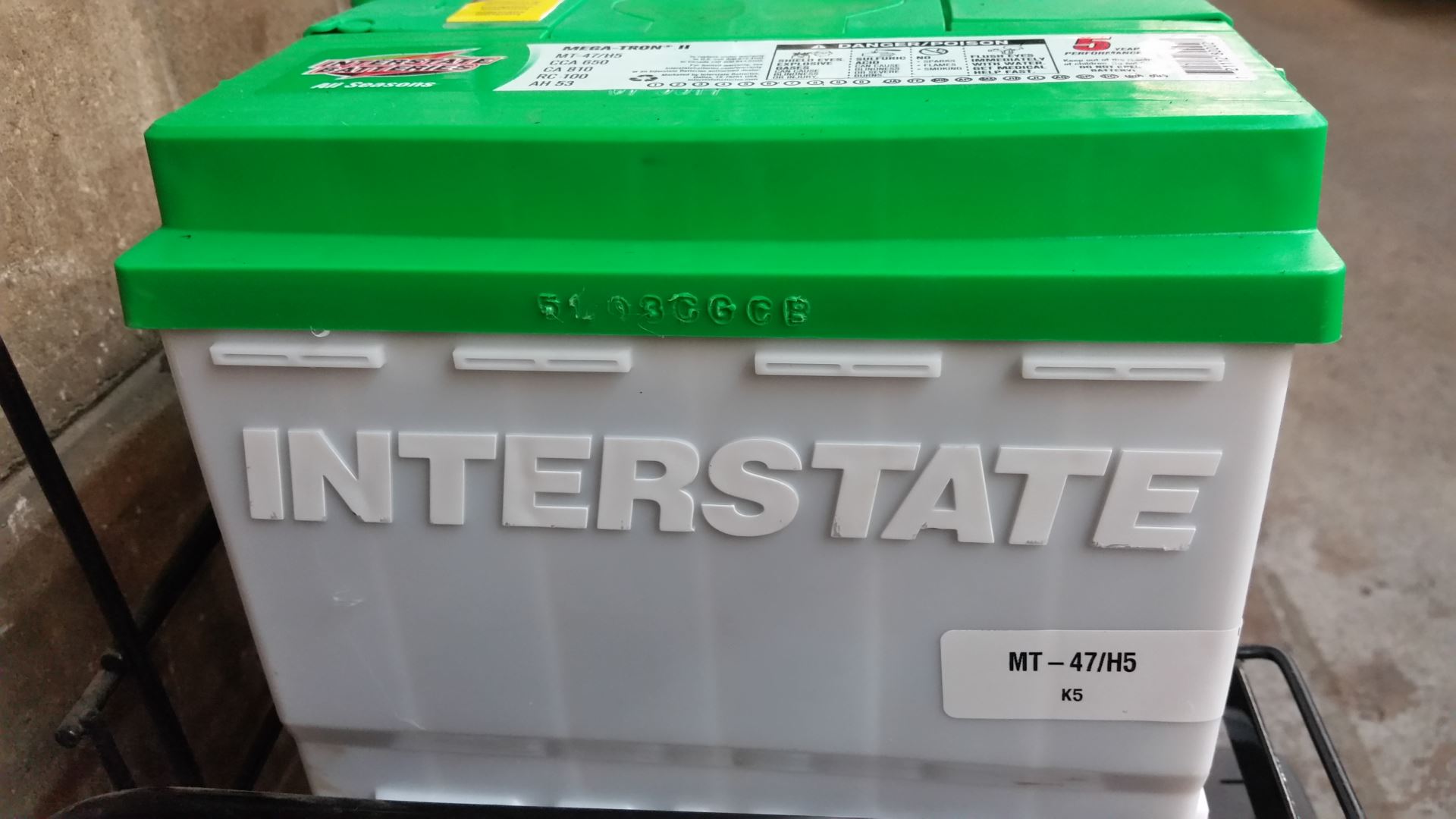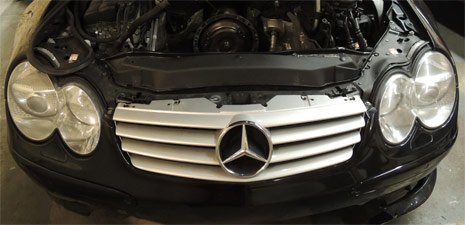Posted on 2/9/2017

"Engine oil flush" or "Performance Oil Change" describes a process where a service technician adds chemicals to the oil so that built-up carbon deposits are cleaned out of narrow oil passages, valves and combustion chambers. The dirty oil and chemicals are then flushed out of the system and replaced with clean oil. Performing an engine oil flush is especially beneficial when large amounts of sludge and deposits build up in the oil system, which can clog oil passages and potentially lead to serious engine problems, when the many moving parts in the engine get gummed up. An engine oil flush can restore fuel efficiency and power to your engine, as well as save on wear and tear by keeping all the parts in your engine moving as they should. A performance oil change / engine oil flush service may be a good idea when there have been long intervals between oil changes, when you purchase an older vehicle and you don't know ... read more
Posted on 12/10/2015

Car battery replacement in newer European vehicles is more complicated than you might think! Some customers may try to install their own battery without having a qualified shop program the battery to their car's computer. While initially the car may work and warning lights such as the "check engine" or "service engine soon" may not be triggered, attempting to do your own car battery replacement can cost you a lot more than you were bargaining for in the long run. The electrical systems in today's newer import vehicles such as BMW, Mercedes-Benz, Mini Cooper, Land Rover, Jaguar and other makes, are so sophisticated that they tailor the electrical charging to both the age and type of battery in the car. There is a computer module inside the car that controls the alternator. When you replace a battery, this computer needs to know that the car battery replacement has occurred, and also whether the battery is a traditional L ... read more
Posted on 11/26/2014

Tweet Driving with car suspension problems such as worn or leaking shocks/struts, loose or broken controls arms or other damaged suspension components can be just as risky as driving with bald tires or squealing brakes. But many drivers who have their tires and brakes inspected and replaced regularly don't think to have their suspension checked. If you experience any warning signs of car suspension problems such as: the car bouncing or swaying, the car does not handle well, the car does not sit level, or if the car is shaking or vibrating, you should have your vehicle inspected right away by a qualified professional. After a vehicle has 50,000 miles on the odometer, the suspension should be checked every time the brakes are inspected; at least once a year or every 12,000 miles. Some brands such as Land Rover/Range Rover and Mercedes-Benz include models that have air suspension. According to ... read more